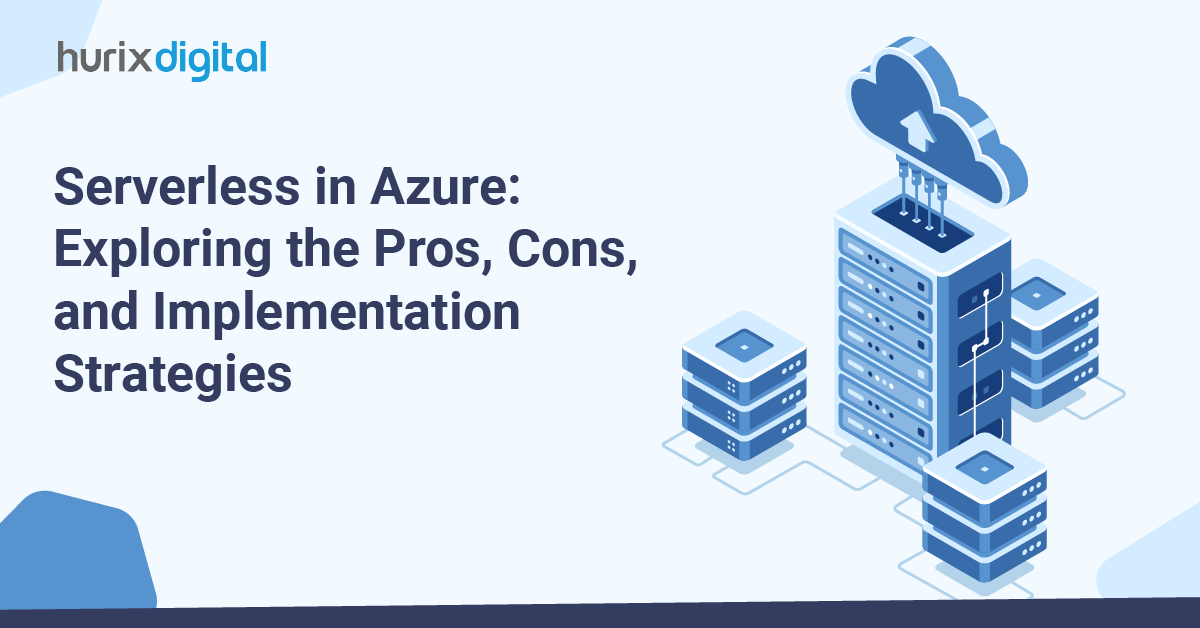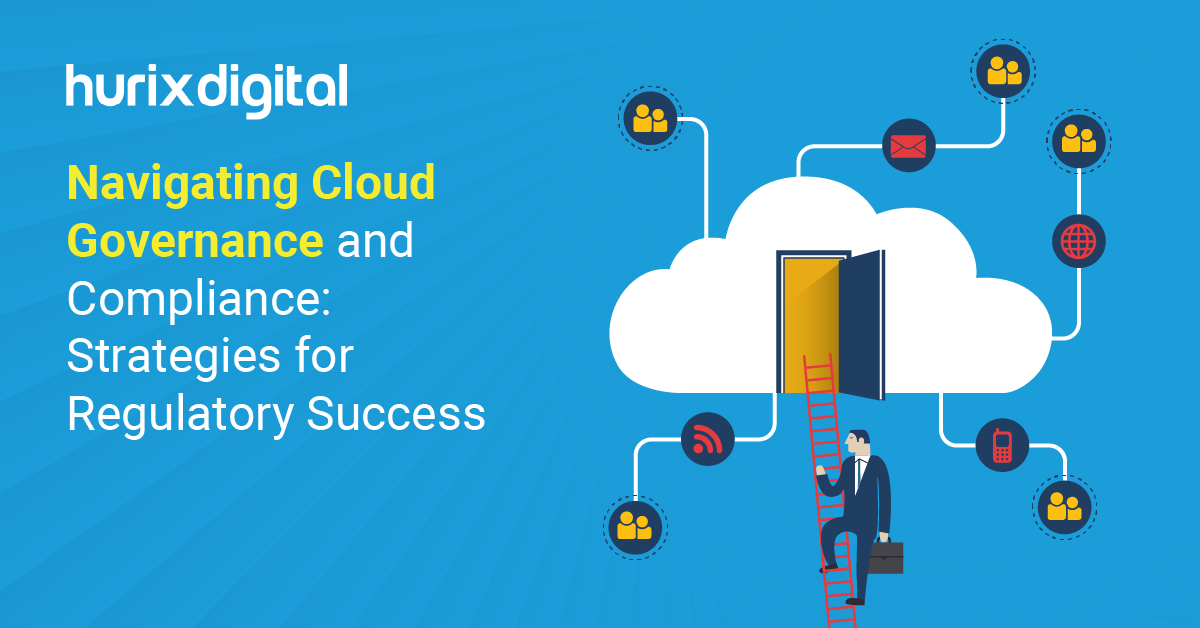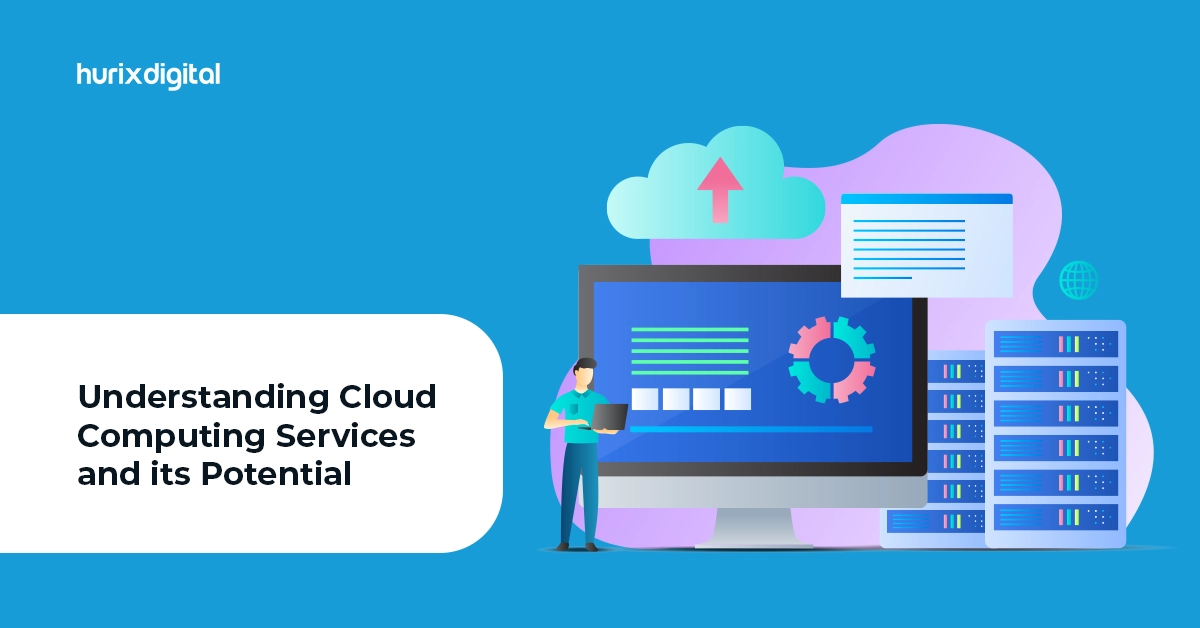
Serverless in Azure: Exploring the Pros, Cons, and Implementation Strategies
Summary
The article examines Azure’s serverless architecture, emphasizing benefits like cost reduction and quick deployment, while noting limitations such as cold starts, and compares it to traditional cloud models.
Serverless architecture is changing the way organizations implement cloud infrastructure services. This method enables developers to concentrate on coding as Azure manages the infrastructure.
It eliminates the requirement to handle servers and scaling, improving efficiency and reducing expenses. It also enables quick deployments and promotes innovation, which is essential for contemporary cloud development.
By 2025, it’s expected that 50% of businesses will integrate serverless technology into their cloud strategies. This shows the increasing impact of serverless models on today’s IT infrastructure.
In this article, we’ll explore the benefits and challenges of using serverless solutions on Azure and provide practical tips for IT leaders to maximize their effectiveness.
Table of Contents:
- Understanding Serverless Architecture in Azure
- The Benefits of Serverless Architecture in Azure
- The Limitations of Serverless Computing
- Comparative Analysis: Serverless vs. Traditional Cloud Models
- Cloud-Native Development with Serverless Architecture
- Final Words
Understanding Serverless Architecture in Azure
Serverless architecture in Azure allows developers to create applications without the need to handle or set up servers.
Azure enables this process mainly through tools such as Azure Functions and Azure Logic Apps, which execute code based on events like HTTP requests, database actions, or message queues. This eliminates the necessity for constant server supervision or upkeep.
Azure automatically allocates and scales the computing resources required to run the application, ensuring optimal performance while minimizing costs. This architecture removes the need to manage the server layer from the application process. It provides developers with a scalable and flexible environment that runs code snippets based on demand.
Also Read: Redefining Data Management in Cloud Modernization for Compliance and Accessibility
The Benefits of Serverless Architecture in Azure
Here are the top benefits of serverless architecture in Azure:
1. Cost Efficiency
Serverless architecture reduces expenses by eliminating the requirement for physical hardware. Companies are charged based on the time they actively use computing resources and not for any unused server capacity. This pay-as-you-go model translates directly into savings, especially for applications with variable workloads.
2. Scalability
An important aspect of Azure serverless computing is its ability to scale as needed automatically. Resources automatically adapt to application needs without human involvement, which maintains performance during busy periods.
Azure’s market share in cloud infrastructure rose to 22%, establishing it as the second-biggest cloud service provider in Q1 2024. This increase shows Azure’s solid reputation as a dependable option for scalable solutions.
3. Reduced Operational Overhead
Azure manages every aspect of the server environment, lessening the burden on teams. As there is no requirement to oversee and maintain servers, IT personnel can concentrate on essential responsibilities that contribute to the company’s expansion.
4. Faster Deployment
The serverless model simplifies the deployment process. Developers can push updates and improvements faster as they do not have to deal with the underlying infrastructure. This leads to quicker iterations, helping businesses stay agile and responsive to market changes.
5. High Availability and Fault Tolerance
Serverless applications gain advantages from Azure’s integrated high availability and fault tolerance features. These features guarantee that apps are always accessible and able to withstand failures, thereby improving service reliability overall.
6. Security Enhancements
Azure handles security at the infrastructure level with automatic updates and patches. This reduces the burden on individual developers to secure their server environments, aligning with best practices and reducing exposure to vulnerabilities.
The Limitations of Serverless Computing
While serverless computing offers numerous advantages, it also has limitations, particularly in performance and observability. Understanding these challenges is essential for organizations deploying cloud infrastructure services.
1. Performance Concerns: Cold Starts and Latency
- Cold Starts: A limitation in serverless environments is the cold start problem. When a function is invoked after being idle, there is a delay as the server loads it, which can impact performance.
- Resource Limitations: Each serverless function has resource limits, which can lead to increased latency if those limits are reached during peak operations.
- Network Latency: Serverless architectures often rely on multiple, dispersed services, potentially increasing network latency, especially in complex applications.
- Timeout Issues: Functions in serverless environments have strict timeout settings. If the execution time exceeds the configured timeout, it can disrupt service and degrade user experience.
2. Challenges in Monitoring and Debugging
- Transient Nature: Serverless functions’ temporary nature makes them difficult to track, complicating traditional monitoring and debugging practices.
- Visibility Gaps: There is often a lack of visibility into the backend processes of serverless applications, obscuring insights into performance bottlenecks and errors.
- Complex Error Tracing: Serverless applications rely on multiple functions, and tracing errors across these can be challenging without the proper tools.
- Dependency on External Services: Serverless applications interact with external services, and debugging becomes more complex when these services are involved in an issue.
- Tooling Limitations: Although tooling for serverless environments is improving, there is still a gap in solutions fully adapted to the unique characteristics of serverless, hindering effective problem resolution.
Comparative Analysis: Serverless vs. Traditional Cloud Models
Serverless architectures and traditional cloud models represent two distinct approaches to deploying cloud infrastructure services. Each offers unique benefits and caters to different operational needs within cloud computing environments.
| Feature | Serverless Architecture | Traditional Cloud Models |
| Resource Management | No physical servers to manage | Requires managing physical servers or VMs |
| Cost Efficiency | Pay only for resources used | Pay for reserved capacity, regardless of usage |
| Scalability | Automatic scaling without user intervention | Manual scaling required |
| Deployment Speed | Faster deployment, no infrastructure management | Slower and involves infrastructure setup |
| Security | Less control, but reduced attack surface | More control, but higher potential risk |
| Maintenance | Maintained by the provider, less user responsibility | It requires user management of updates and patches |
Cloud-Native Development with Serverless Architecture
Cloud-native development utilizes the flexibility and scalability of cloud computing, with serverless architecture being a crucial component. Utilizing serverless technology aids companies in becoming more flexible and promoting innovation.
Gartner predicts that over 85% of organizations will implement a cloud-first approach by 2025. This demonstrates the crucial role of utilizing serverless technology in cloud development to remain competitive.
1. Integration with Cloud Services
Serverless architecture works well with many cloud services, allowing businesses to use advanced cloud features easily. This makes it simple to scale and helps companies adapt to changing needs without worrying about managing physical servers.
2. Enhanced Developer Productivity
Serverless architecture boosts developer efficiency by transferring the responsibility of managing infrastructure to cloud providers. Developers are not required to allocate time for configuring and upkeeping servers.
This allows them to focus entirely on coding, directly contributing to the business’s success. It also speeds up the development process and reduces the time needed to bring new features to market.
3. Cost-Effective Innovation
Serverless computing reduces the cost of running applications by eliminating the extra work needed to maintain servers. This model enables businesses to pay solely for their server resources, making it a cost-efficient option.
As a result, businesses can allocate additional resources to innovation and development, thereby improving their capacity to innovate despite financial limitations.
4. Agility in Updates and Iterations
The serverless model speeds up application updates and enhancements, which is essential in today’s rapidly changing market. It allows for regular updates without interruptions, minimizing the potential hazards of new releases.
This adaptability enables companies to swiftly address market fluctuations and customer demands, ensuring they remain competitive.
Also Read: Don’t Let Your Cloud Migration Hit a Performance Snag: Causes and Solutions
Final Words
Serverless technology is transforming cloud services infrastructure with scalable, cost-effective solutions. It improves operational flexibility and decreases administrative burdens. By embracing serverless technology, companies can prioritize innovation and fast deployment while handling security through advanced tools and techniques.
As cloud computing advances, serverless architectures will become essential for driving cloud-native development and enhancing infrastructure management. Utilizing serverless capabilities in the future will probably result in increased efficiency and flexibility.
Hurix Digital’s latest cloud solutions can help you remain ahead in cloud innovation and optimize the advantages of serverless technology. This way, we empower your organization to explore the full potential of cloud capabilities while minimizing overhead costs and resource allocation. Connect with our team if you want to learn more about our services.

Vice President and Strategic Business Unit Head – Cloud Services
A top technology management voice on LinkedIn with 20 Years of experience in Information Technology, Cloud Services, Digital Transformation, Application Modernisation, Managed Services, IT Security Engineering and Operations Management. An avid technology Leader, Leadership Speaker, Author & Coach.








